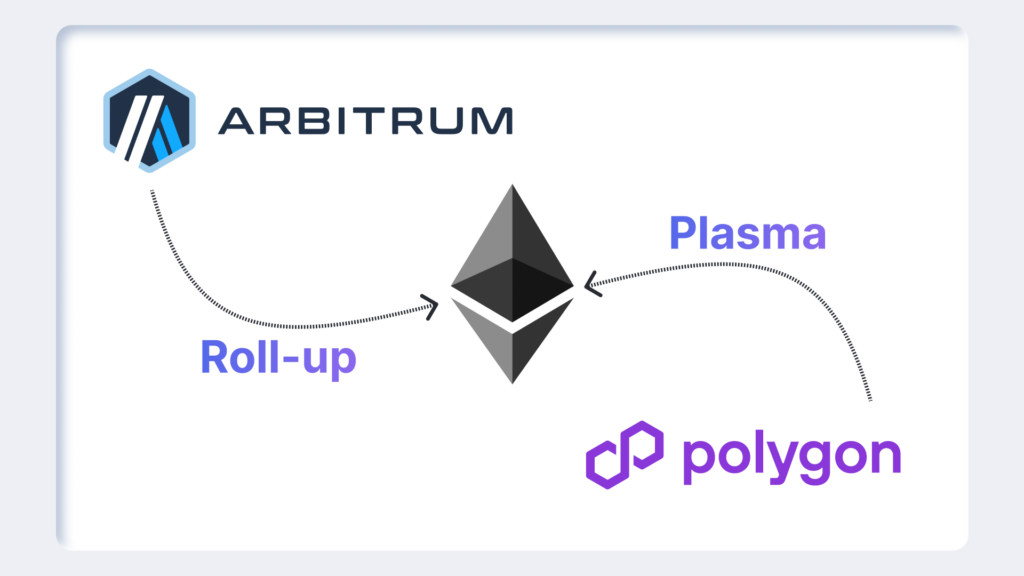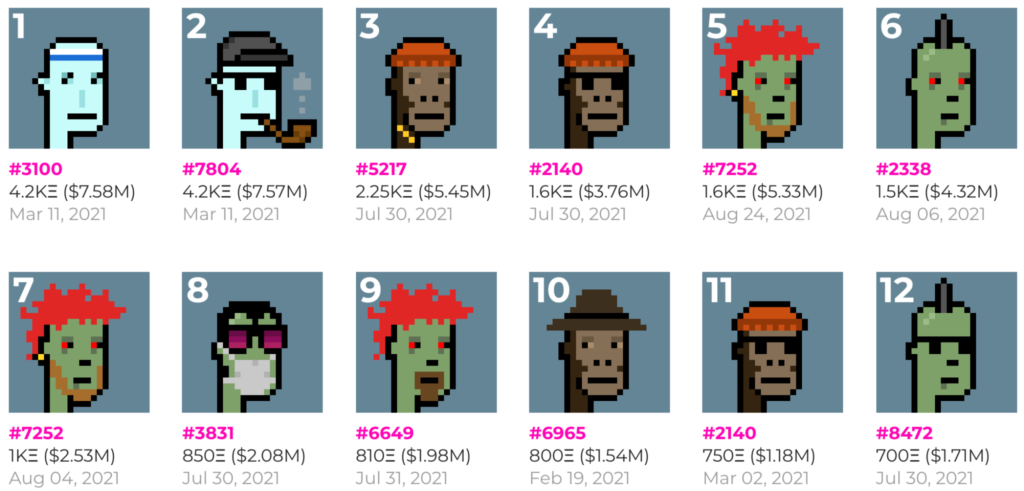A growing segment of Ethereum’s community appears to be pressuring the Ethereum Foundation to rein in Layer-2 (L2) networks, an approach that could “break the entire social fabric” of the platform, according to Polygon co-founder Sandeep Nailwal. During a March 28 episode of Cointelegraph’s Chain Reaction show, Nailwal argued that the current market downtrend has fueled anti-L2 rhetoric, which he views as both shortsighted and dangerous for Ethereum’s longevity.
L2 Competition or Complement?
Nailwal points out that Ethereum’s success is intertwined with that of Layer-2 protocols. He believes that restricting L2 development runs counter to the network’s broader vision, cautioning the community and developers to avoid short-term price fixation. Making drastic changes to appease market sentiment, he warns, risks fracturing Ethereum’s social consensus.
“Everybody understands that if Ethereum doesn’t survive, the layer-2s won’t survive,” Nailwal emphasized, urging the community not to place undue pressure on Ethereum developers. He credits Vitalik Buterin’s leadership and vision for keeping Ethereum’s ecosystem cohesive and innovative, stating that Buterin’s approach has drawn high-caliber talent to build on Ethereum over the years.
Settlement vs. Execution Layers
Nailwal rejects the label that places Ethereum in competition with its own L2 networks, arguing that this dichotomy is misleading. Instead, he classifies Bitcoin and Ethereum as the only true settlement layers in the entire crypto landscape, with other networks acting primarily as execution layers. Over time, he predicts most dApps will opt to run on their own chains — effectively execution layers — and anchor final confirmations on either Bitcoin or Ethereum.
“In the future, every application is likely to have its own blockchain,” Nailwal says. This model means that the Ethereum base layer and its L2 networks remain deeply synergistic: L2 chains lighten the load for Ethereum by executing complex transactions off-chain, while Ethereum secures the final settlement of those transactions. As a result, the Ethereum base layer could see long-term growth, both in developer activity and accrued value, as more applications are built.
Addressing Drop in L1 Revenue
Critics of Layer-2 solutions point to Ethereum’s declining L1 revenue — down 99% by September 2024. However, Nailwal contends this shortfall is a natural byproduct of partitioning execution from settlement. According to him, the Ethereum base layer stands to gain in other ways, including higher transaction finality and security fees. He concludes that no other protocol directly competes with Ethereum as a settlement layer aside from Bitcoin, which would first need to adopt more sophisticated scripting and robust smart contract capabilities to match Ethereum’s functionality.
Amid anti-L2 tensions, Sandeep Nailwal urges the Ethereum community to stay the course, citing Layer-2s as critical to Ethereum’s broader success. He contends that short-term market concerns should not dictate protocol-level decisions that undermine the chain’s social consensus. By embracing the synergy between settlement and execution layers, Ethereum can maintain its position at the forefront of blockchain innovation.


